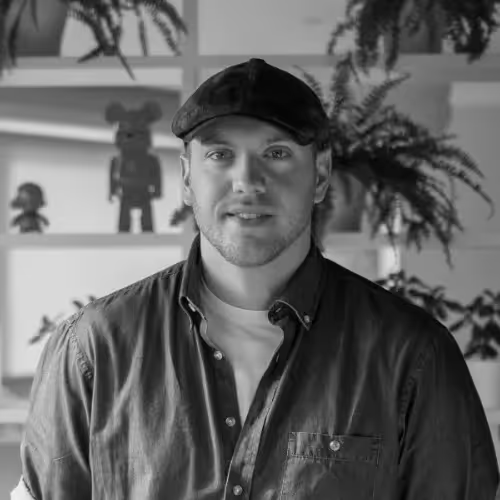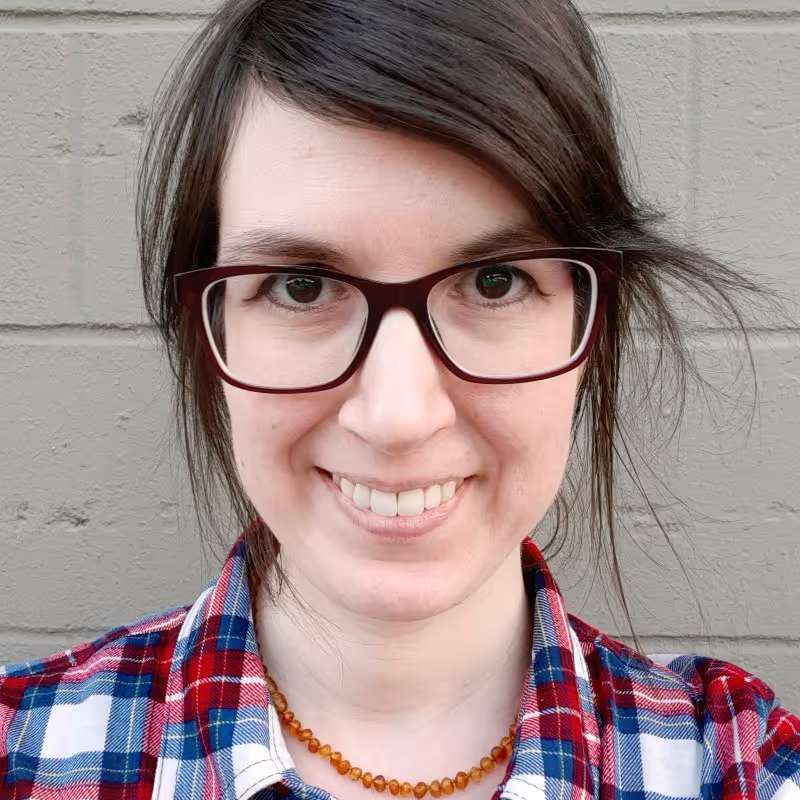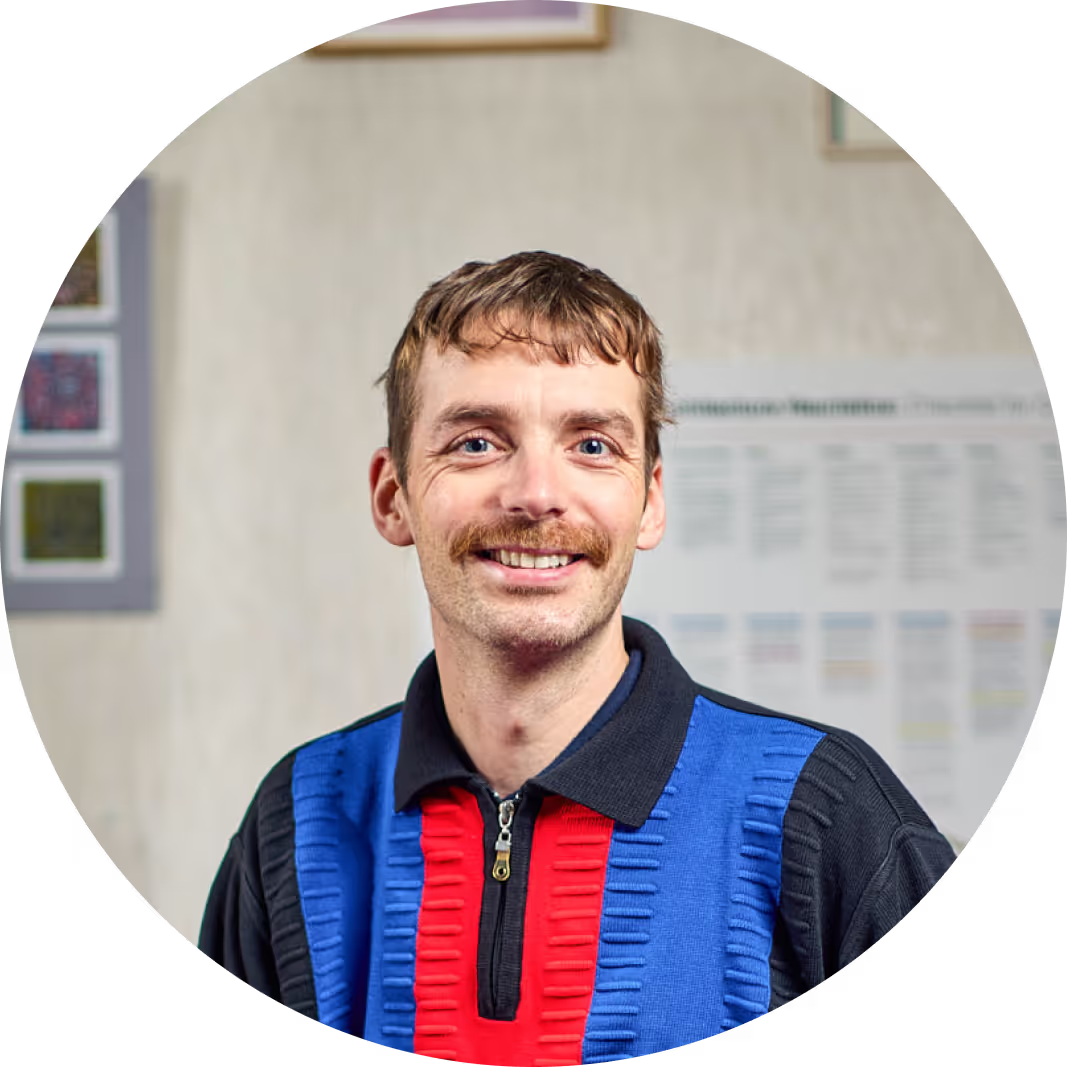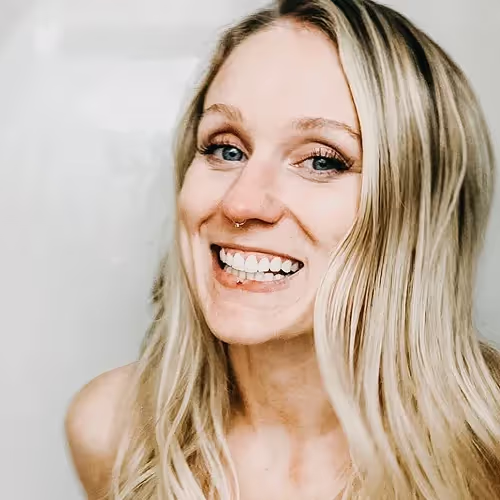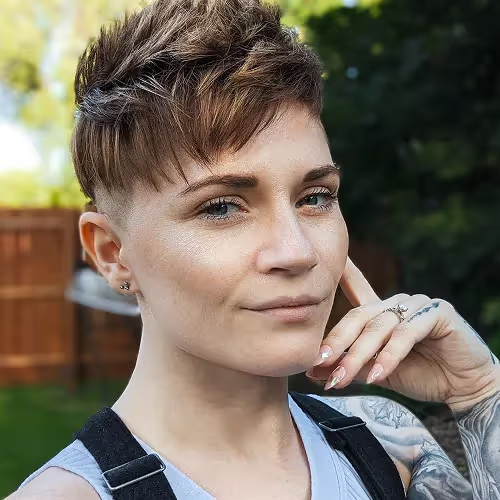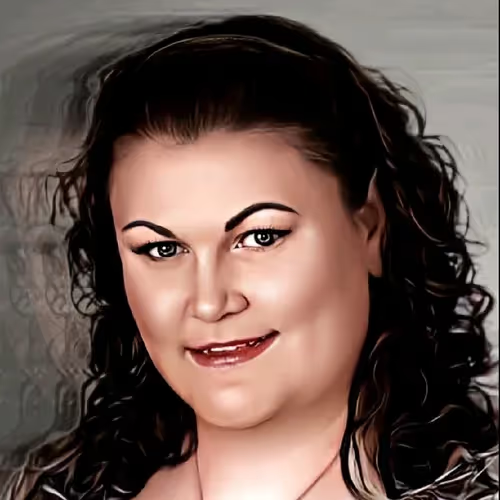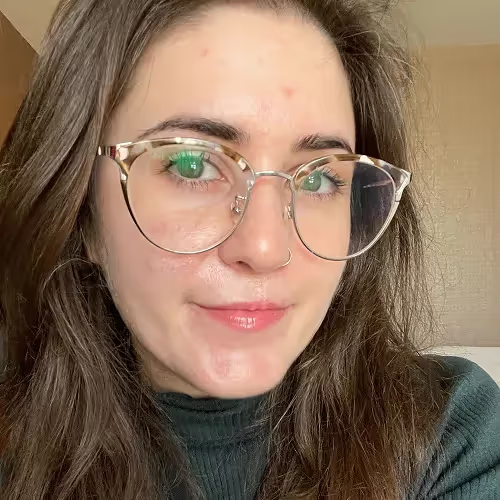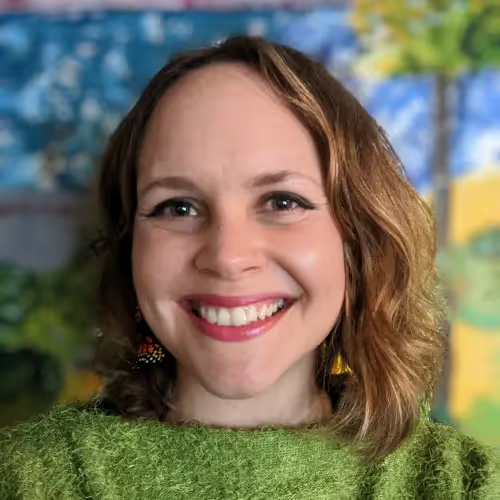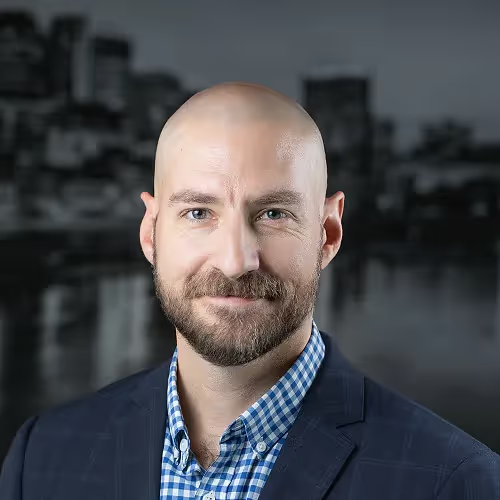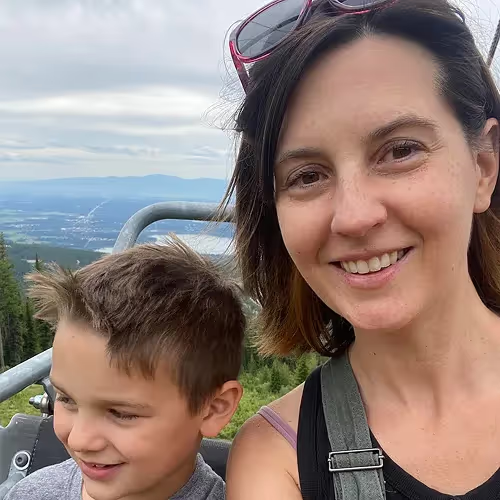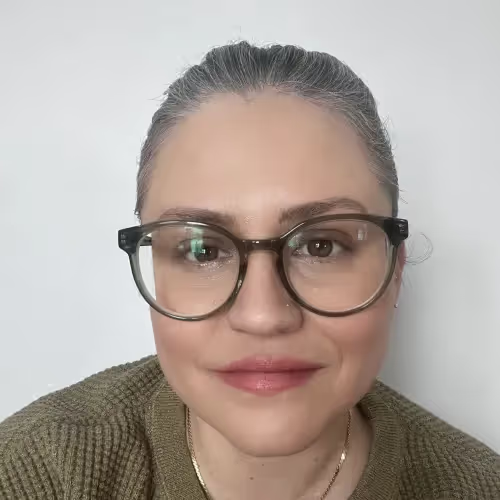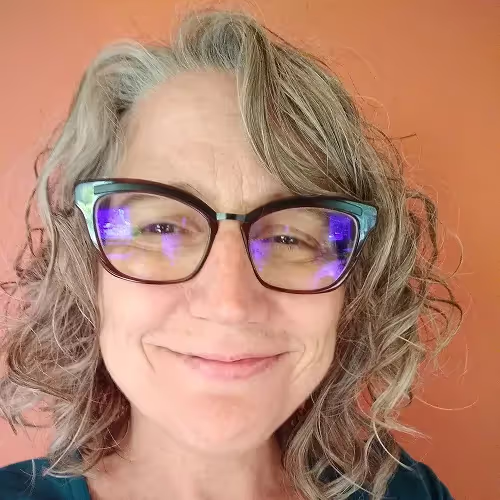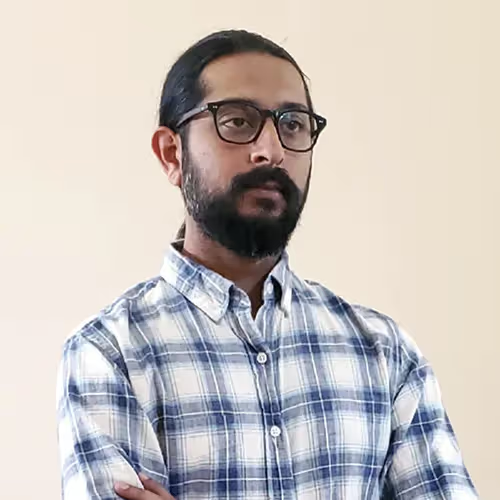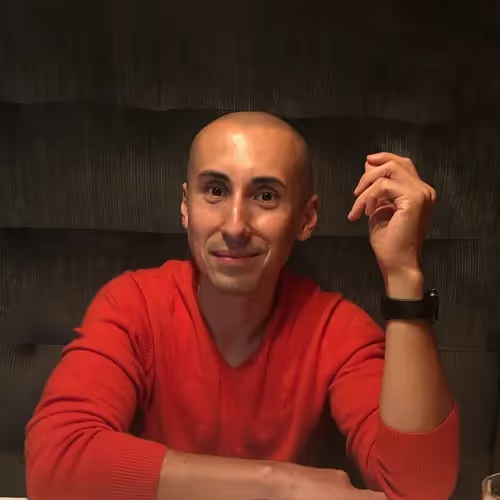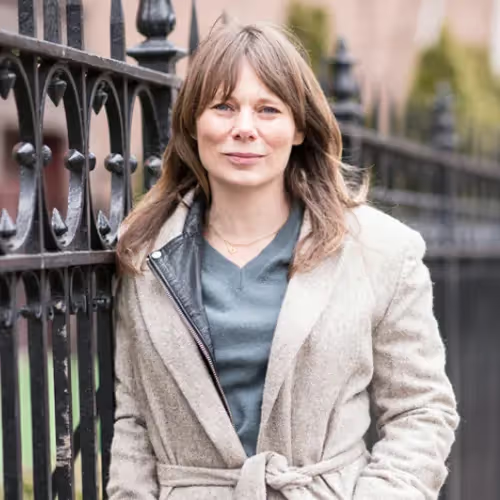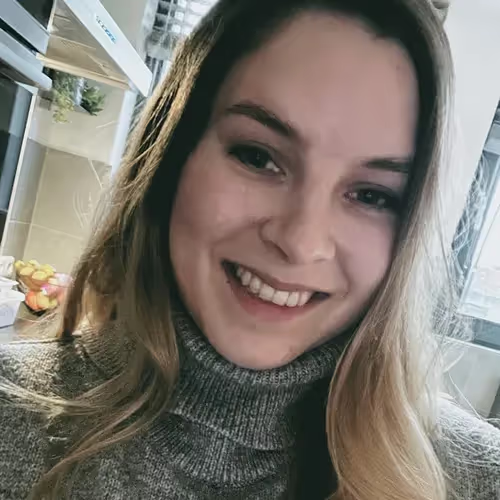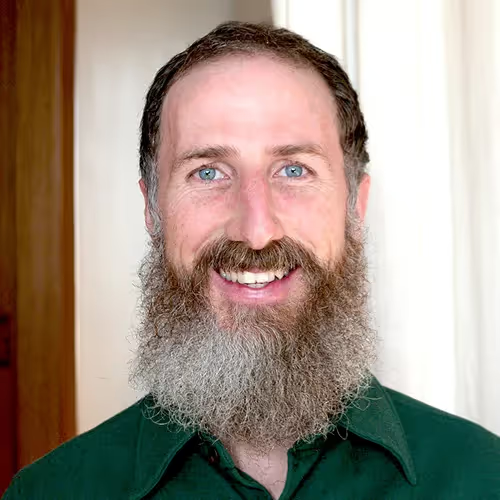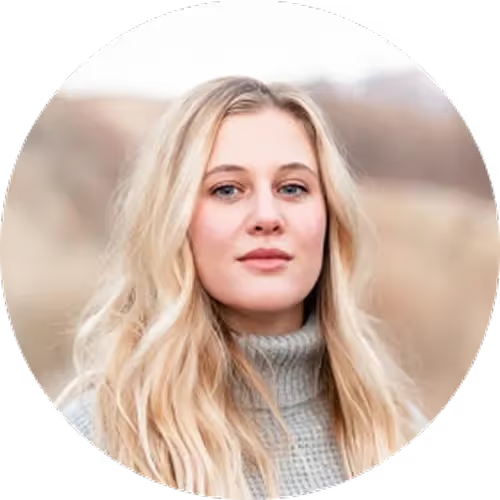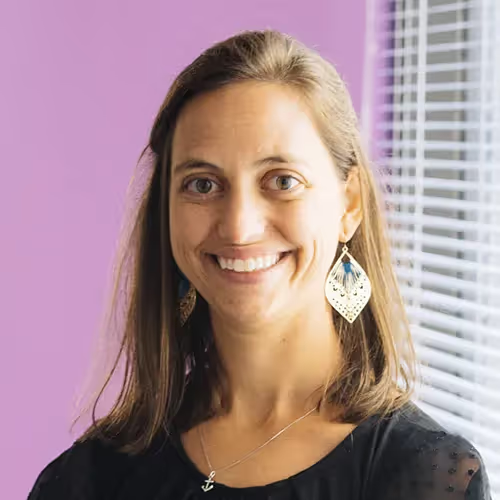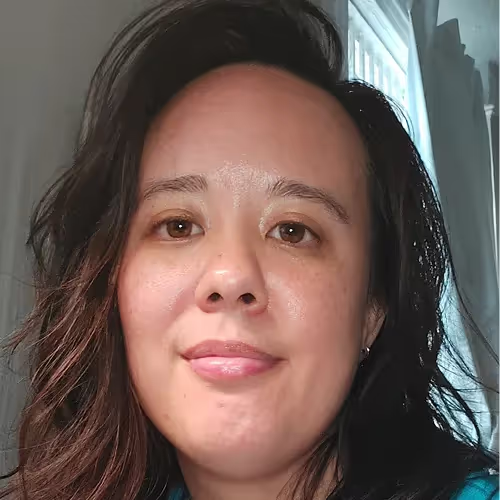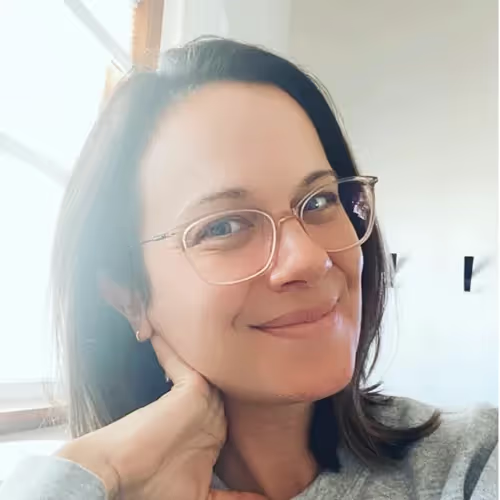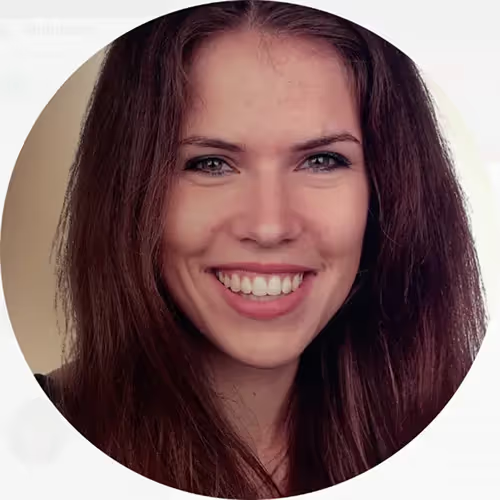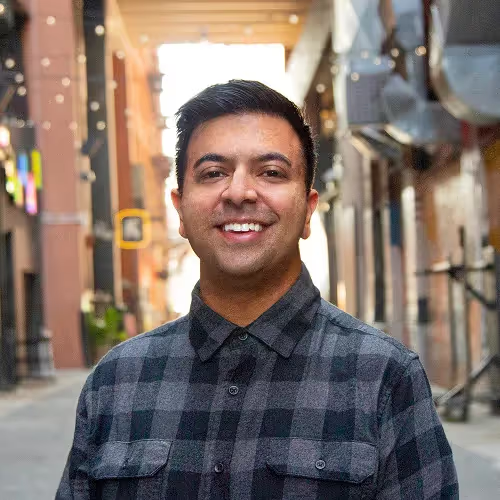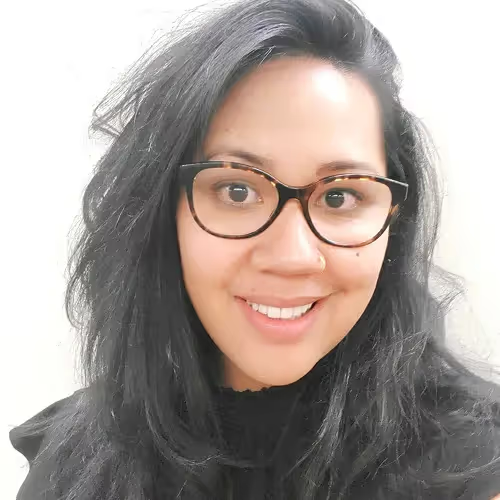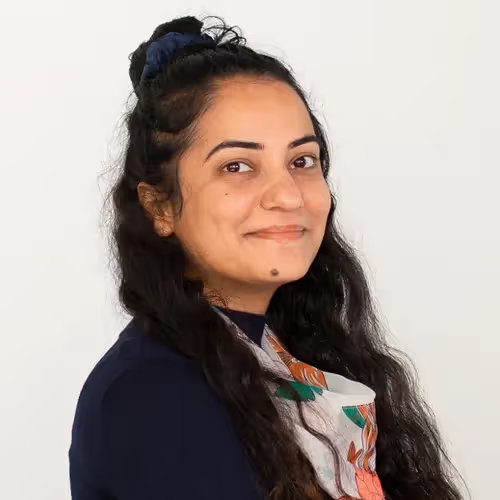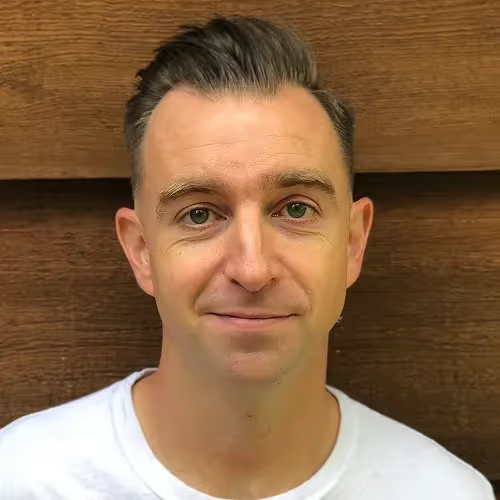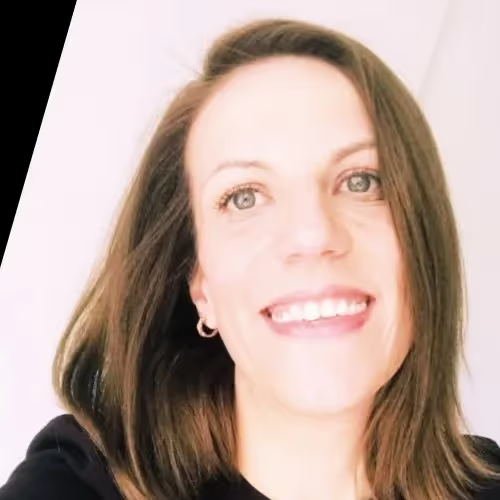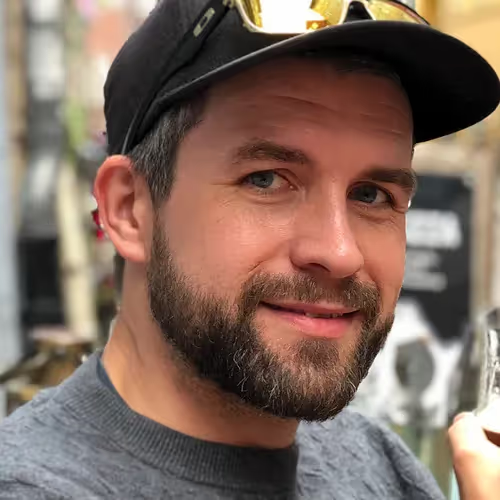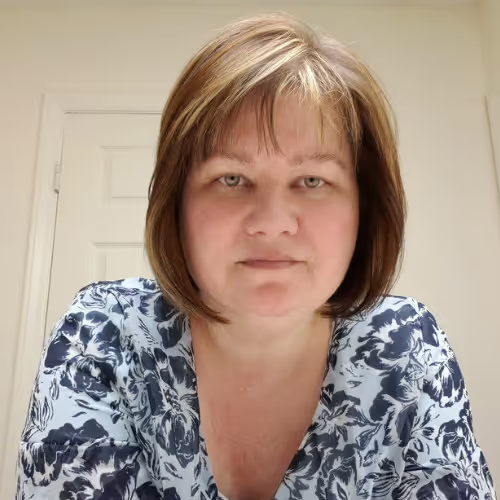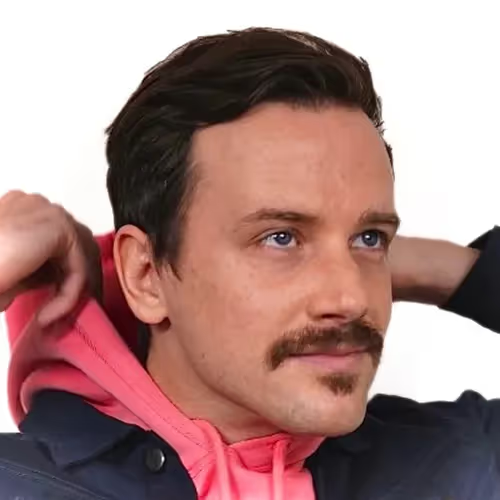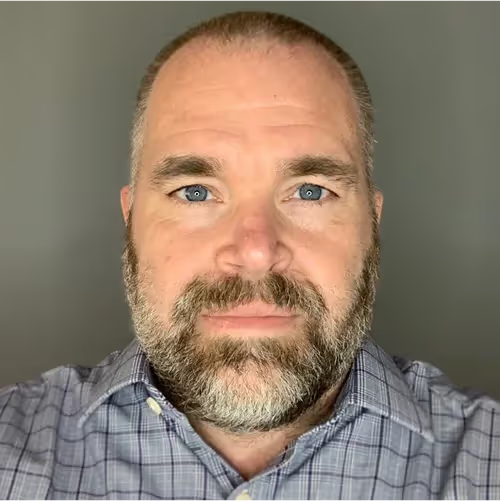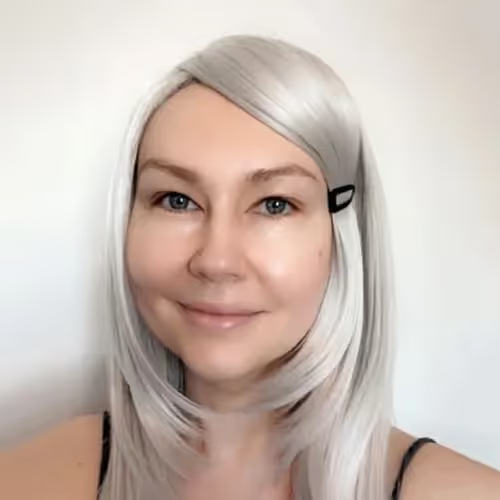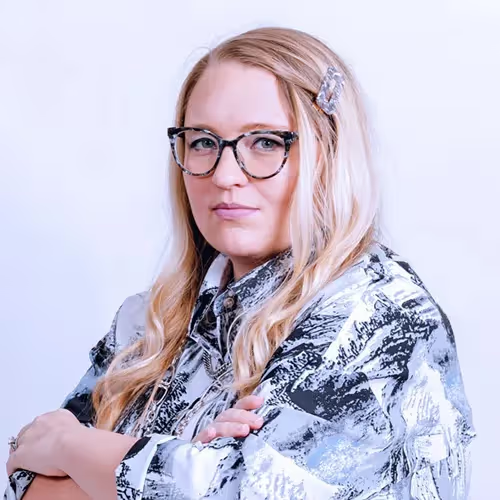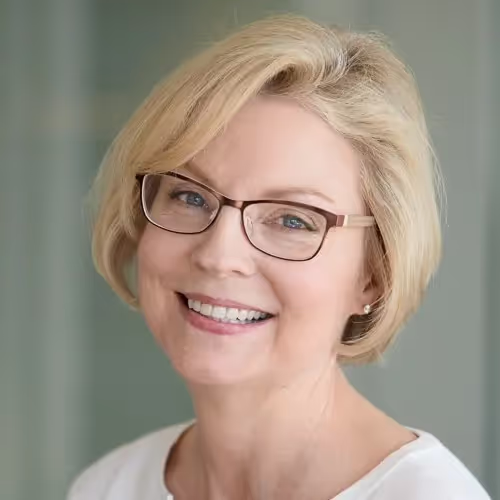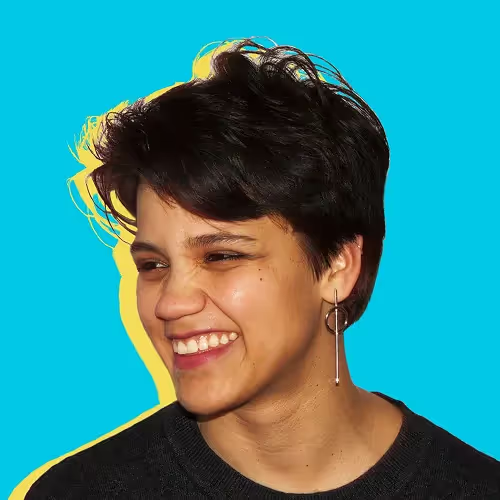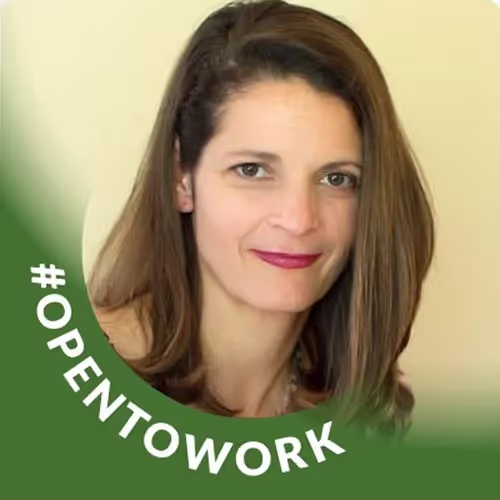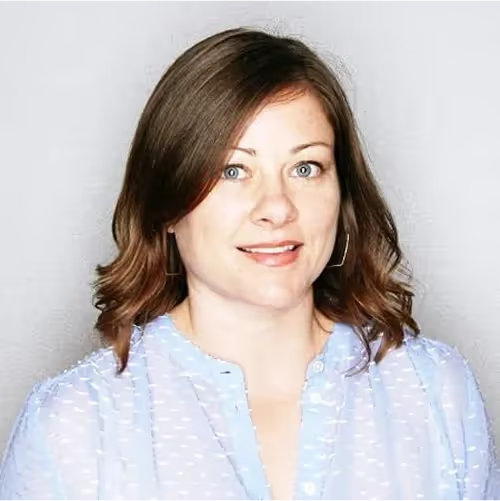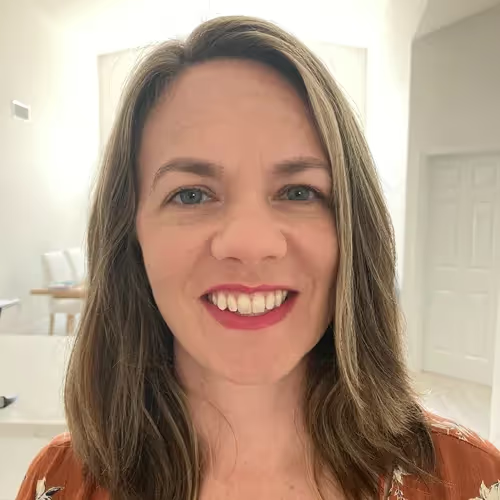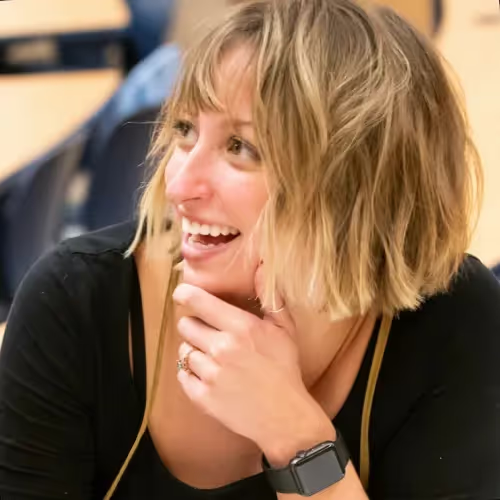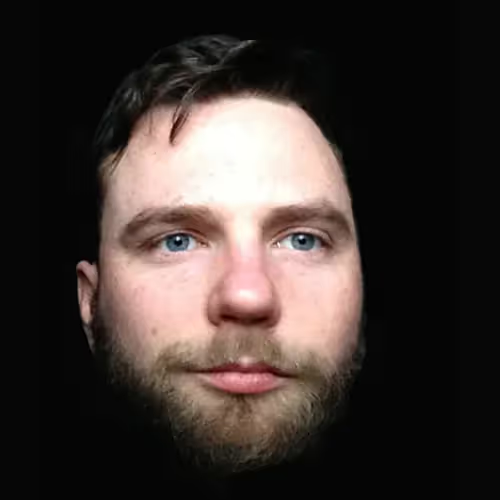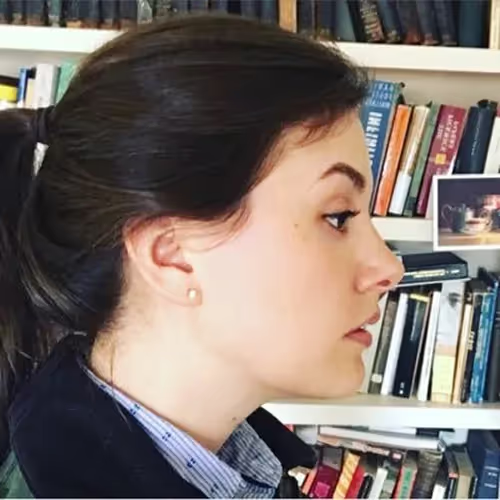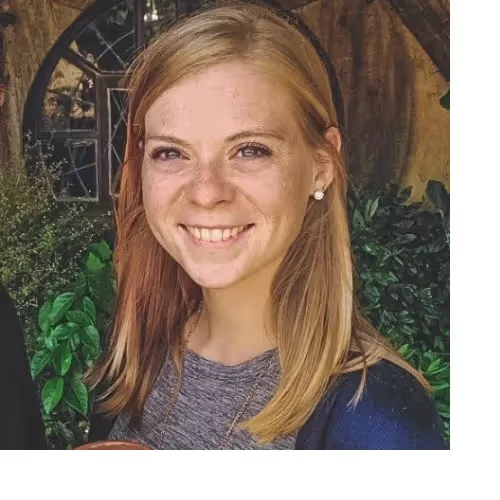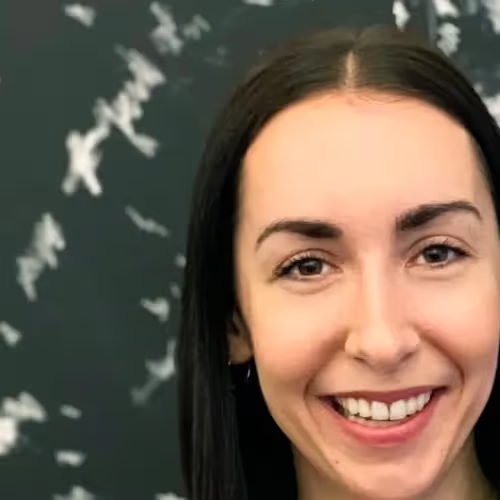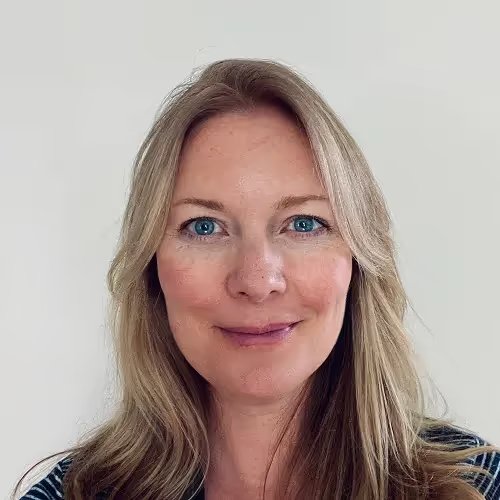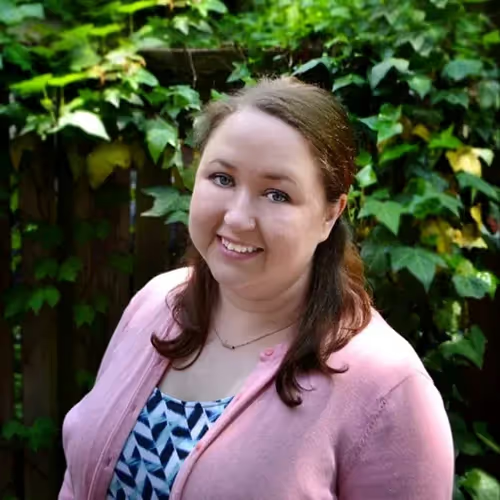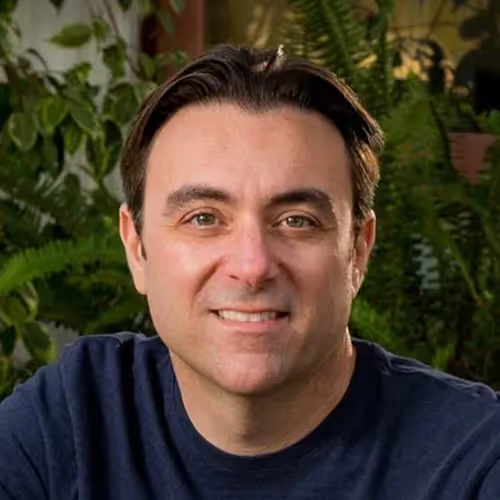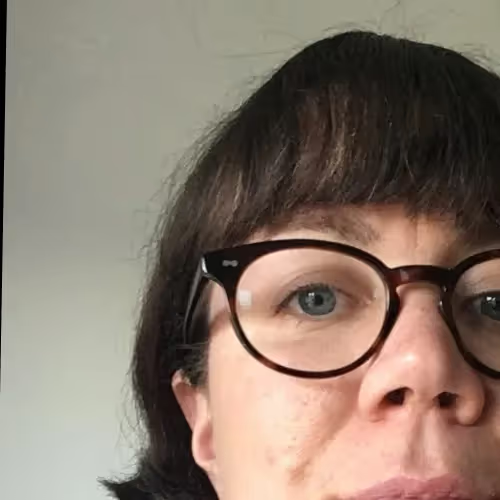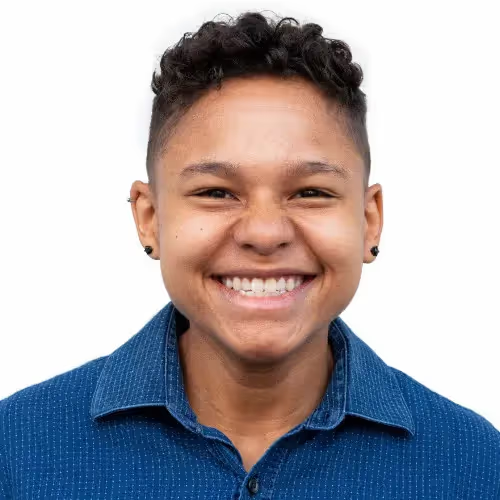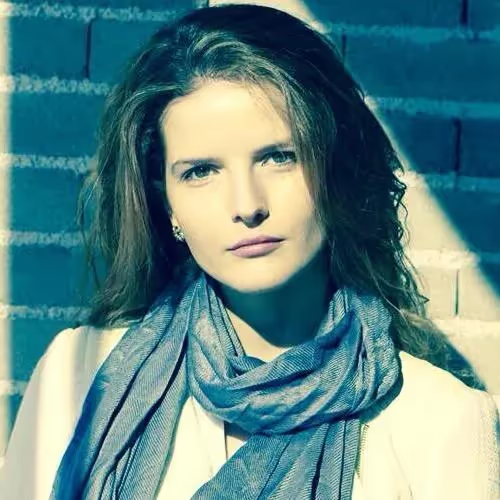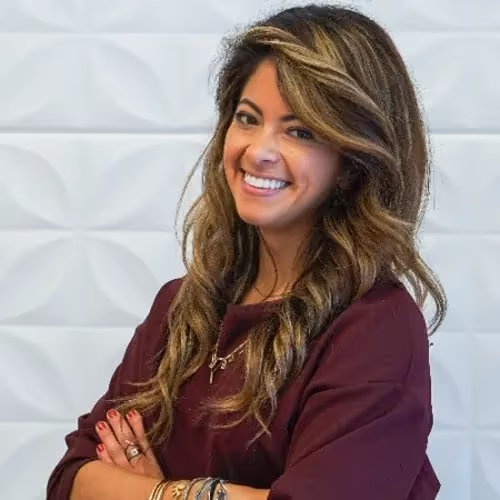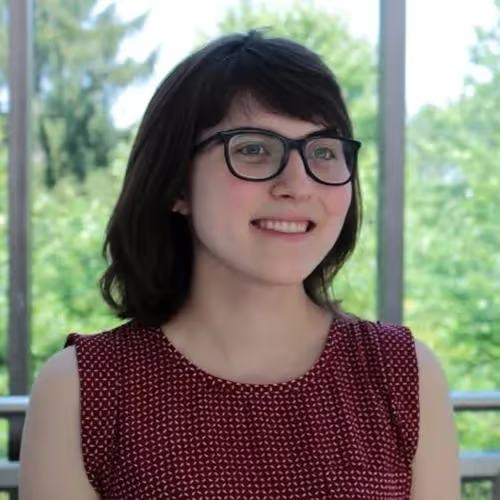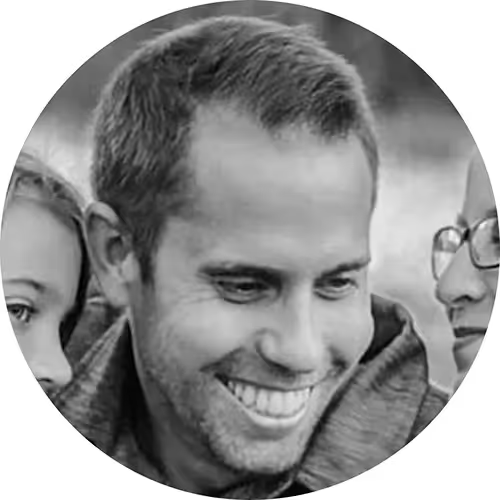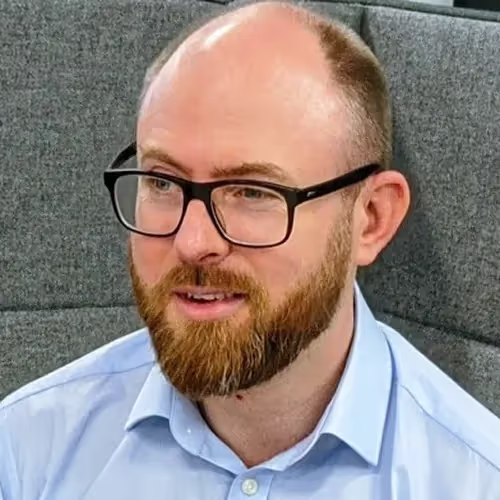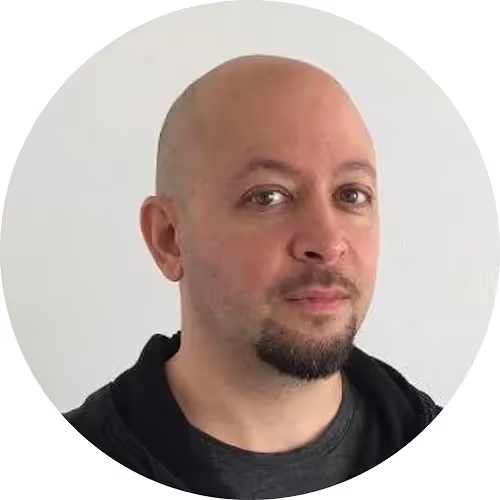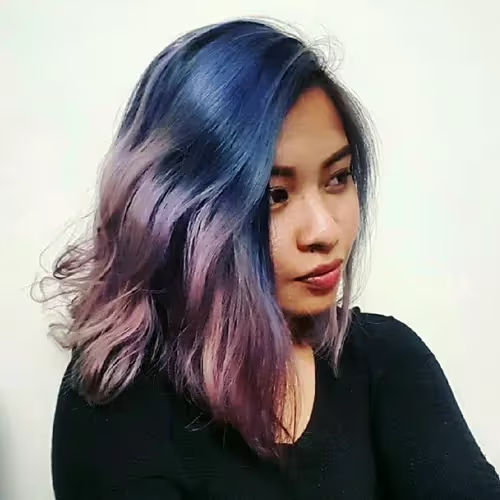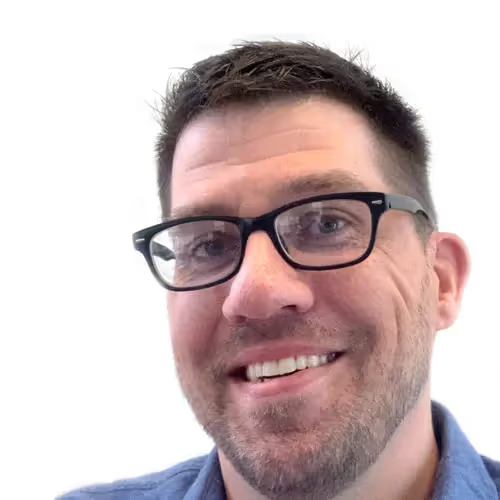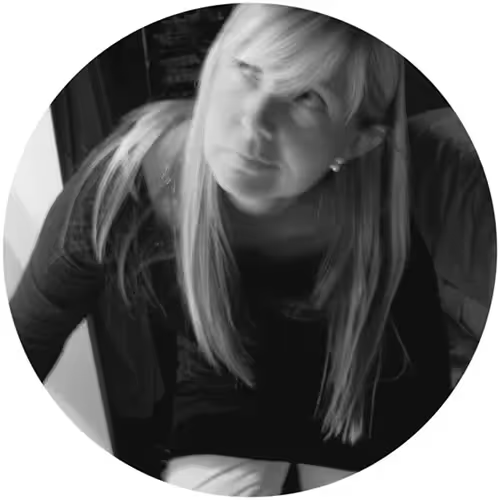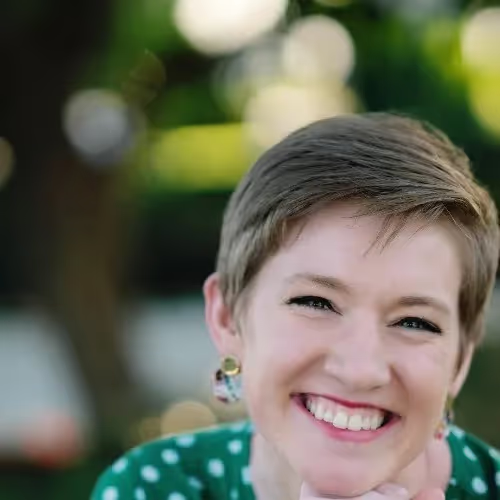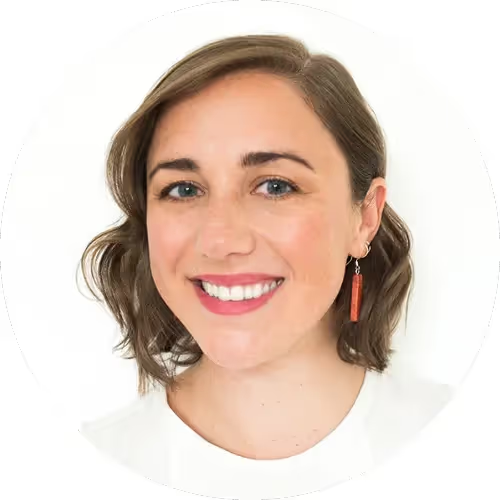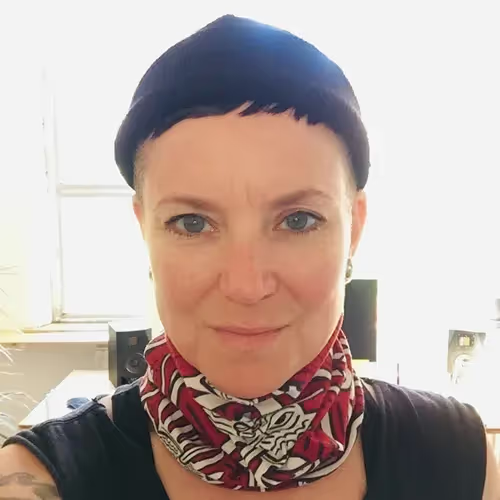OOUX Happy Hour - 11-02-2023 - OOUX in Government: A Panel Discussion
[00:00:00] We're just going to jump right into it. Yes, so there's this claim object that exists and it's like a little card and it has notes and you click into it and there's like a detail page but there's so much room for like all like we What am I trying to say?
There's so much room for it to be better. And we actually were trying to figure out, how to bring in OOUX. So, cause it's not my team. Like I'm not the designer and they're not my developers. I'm this like third party person. That's like hanging out at this like weird top level. Um, so apart from convincing them to do like weeks of this work, which just isn't going to happen given our contracting constraints, we ended up doing an OOUX.
Audit of this like claim kind of ecosystem where we just went through and looked at the, um, I forget what they're called, but they're like shapeshifter. The unintuitives. Yeah. Yes. Yes. So we went through, we looked for all the unintuitives and we made this like readout that kind of explained without going into the whole [00:01:00] workshop and the OOUX stuff, just doing this kind of audit to get the team bought into further work.
And then, um, it's been lots of negotiations with our stakeholders to try to see what we could do. And the whole workshop, not in scope, but what we are able to do is, um, requirements round the object guide and the nested object, the like my fire cat department thing. So we're going to be doing that, um, and kind of giving that as a deliverable to the actual product team.
So we're very excited to see where that work goes. Awesome. Very cool. Very cool. So, um, has anybody else done a kind of like. OOUX style heuristic analysis like that, where you're looking, you're basically looking for shape shifters, masked objects, um, broken objects. What's our other one isolated objects.
Right. Um, has anybody done that before?[00:02:00]
Brent, I see you, I see you nodding your, nodding your head. And also I'm curious because from a design system perspective, OOUX links in with design systems. And to me, that's like that kind of. Quote unquote bottom up approach of like just looking at the current system and saying, well, where do we have masking?
Where do we have shape shifting? Where are things not connecting? Where are CTAs like not really connected to the thing? Um, it's a great way to start thinking about how you can improve your design system. Maybe? Yeah. First I have to put my guest, uh, down. Oh my gosh. Oh my gosh. Everyone. Yes. The benefits of remote work, right?
Uh, where I was really thinking of. Earlier, um, I had also worked on a VA contract with the other side and not the veteran facing services, but it was the developer API platform. And in that API platform, we had these vertical. Uh, [00:03:00] navigations that we kept trying to add more and more APIs to the system. And it just got really wonky.
Cause like some of the APIs are secure. Some of them are open. There's like all these different like security levels. And so shapeshifting happened a lot. So you were adding, just to clarify, in the navigation, basically if API is an object, you were adding all the instances. All the instances of the API that developers could reference it Correct.
Into a navigation. Okay. Correct. Okay. And uh, what. I did there is like, let's reimagine, like if we needed to add 50 APIs for documentation on this platform, what might we do instead of this giant hierarchy of vertical navigation? And that's where I used OOUX. I shared the link to the, the, the developer platform.
And exploring APIs is now part of that OOUX process of being [00:04:00] able to provide a space through navigation that people can filter to find the things that they want. Yeah, yeah, yeah, very cool. We completely like rebuilt then that, that platform in from a basically information architecture lens using OOUX.
This is very meta because there's like API is an object in a, in a kind of a developer system, and then there's also thinking about from an object perspective, how the data is coming in. And if the source of that data happens to be from an API. And being able to map that through some sort of attribute requirements.
So an attribute requirements, you know, you can really capture whatever sort of back end data, uh, or I'll call it like meta attributes about the attributes. And one of those meta attributes is the source of this data. So is it user generated? Is a content creator generating it? Is it coming in from an API?
So, but you're talking about API [00:05:00] as an object for developers. Cause when I hear API, I'm like, oh yeah, yeah. Like the source of the data, but this is the API as the object. That's right. Interesting. Okay, cool. Um, yeah, when I was working, um, the project that I got to work on with, with Brad Frost and Josh Clark, um, what a dream project.
We were working on a, um, we were working on a, a, a design system and, um, what I did for them basically is I did that audit. I was, I, I went, I got, I just did an object map of the current state. So they could see for their design system that they had to build, what data did they need in each of the cards?
How it basically like, what things did they need to package? With their design system, so I provided that I was like, here's the things and then some recommendations like these 2 things should just be 1 thing or like these, this 1 thing probably should be split out into 2 things. So some recommendations on the actual things that need to be packaged.
And then I went through and I gave it an [00:06:00] audit of like. Here's all the masking that's happening. Here's I really just focused on mass and shape shifters. Actually, um, had a few isolated in there, but like, really, for the design system perspective and just for everybody listening here doesn't know what those are.
Basically, a mast object is a it's a design or like, think about it's like a card that anything can go in. Okay, so it's. It's multiple objects that are all wearing the same outfit. So you have the card design and you can put an event in there. You can put an article in there. You can put a person in there.
And what you end up is it's lots of different things wearing the same outfit. And that can be really confusing for people. Um, because in the real world, different things look different. So we want different things to actually look different. And then the flip side shape shifters are when you've got one thing that wears lots of different outfits completely arbitrarily.
So then you have what you want, what you also want is you want the same thing to in generally look the same wherever it is, unless there's a really good reason for it to [00:07:00] look different. Um, so great way from a design system perspective, or just if you're trying to kind of sell OOUX, that's a great way to be like.
Look at what we're doing here. You mentioned Brad Frost, Atomic Design. You know, it's like, it makes, from a design system perspective, a lot of sense having these atoms. These atoms are connected to these molecules that are these, like, components. And those components then become organisms, which are the design patterns that are built from the design system.
What was my real aha moment is the noun foraging. That nouns make good objects. And then going into good services and thinking about service design, that we don't need to throw away the verbs, but we can put the verbs that make great services and the nouns that make good objects. And so where do I see, I'm start [00:08:00] thinking about that framework that came up.
This is going to be, it might be hard to see, but it's like you have the Venn diagram of OOUX on one side and service design on the other. And that can be captured and mapped within your design system from whether it be content design, whether it be interaction design, whether it be the UI design components.
And that can be that guiding light for the organization to follow. And then that brings consistent consistency across all your products. Oh, that's so interesting. Very cool. I want to skip over. I want us to get over to Caitlin for a second. We haven't heard from Caitlin yet. And specifically about, because Caitlin, you're working on, you're working on forms, lots of forms, right.
For the VA. And I do remember a conversation that we had a couple of months ago. about some of the forms that you were working on. And I'm just curious to know, like, have we talked about design systems? How does this play out [00:09:00] in form design? How do you bring OOUX when you're just, you're trying to capture data from, in your case, caregivers and veterans?
How do you capture that data? And how does OOUX play into that work? Yeah, it's an interesting challenge because, um, it's different. Like the main object that people are looking for might not be the form. They're looking for the way to apply for health care or they're looking for how they can get a caregiver on to, um, their benefits and start, um, getting that from the VA.
Uh, so we have an interesting, like, IA challenge to kind of route people to the right place to fill out this form to get to that end goal. But within the context of the form is where it gets. Really interesting. Um, because one, there's not a lot of like cross object interaction. Um, most of the call to actions [00:10:00] are just like, start the form, fill out the form, submit the form.
Um, so there's that, which makes it kind of tricky. And, um, so like I work on, uh, the healthcare apps team. So we're managing like three to four. Different forms. And as you mentioned, like one of them is the caregiver form. So the caregiver is like the key object that everything revolves around and some other forms.
It's the veteran, um, who's the key object. So I found that it took like a little adjustment to kind of apply OOUX to that different context, but it does translate really well. Um, I found that it's, it's like Okay. Led to a lot of internal discussion. I'm actually doing many OOUX workshops with my internal team of designer and researchers.
Uh, we're just doing like an hour, 45 minutes, an hour every week where I'm kind of introducing concepts very slowly and trying to get them, uh, bought into it secretly. [00:11:00] And it's helpful to, to discuss with them, like, is this an object? Like, does that even make sense? Um, so it just takes a little. finagling and, um, a little like creative thinking.
So I, it's interesting that you said that it's like, it's people aren't coming for the form. And I think that's a really easy thing to like, we get so, you know, we get so close to these things and it can be very easy to be like, oh, here's all our forms. Do you want some forms? Here's some forms of like, just remembering like those, that great Twitter account.
I don't know if it still exists. The shit user stories, Twitter account that's like the user, I would like to fill out a form. No, no user ever said that. Like, you're not looking for forms, right? You're looking for whatever that goal is. You're looking to, like, benefit. Like, I need the benefit, right? I need, um, you know, I need to upload a caregiver or something like that.
Or what are the things that you're actually Caring about and the [00:12:00] form is often. I mean, really any form it's taking data from the user generated content that is getting pulled in and potentially populating multiple objects in the back end, right? It's like a, it's like an entry place. I mean, I think about like, the form on Etsy, if you're uploading a new product.
That is the interface to create a new product. It's the create new product form, if you will, any kind of onboarding that somebody is doing. If you are onboarding a new user to your system, that's a fancy form that they're filling out. It might be like wizardy and you know, Oh, there's sliders and animations and stuff, but they're just filling out a form basically.
Like when I, I was recently using the example of, um, pros, like the, the, uh, custom hair stuff. I don't know if anybody's. Yeah, they ask you like a hundred questions about your hair and like your lifestyle and your hair goals and everything and I was like, Oh my gosh, I'm creating my account [00:13:00] right now. I'm creating the information that they need about me to then customize my shampoo.
Um, so really it's like, that's just a form is it's capture of data that is going to then populate. objects. Um, Kristen, what are you thinking? Oh, yes. I was going to say, uh, one of the, yeah, I love this topic. One of the big challenges in the VA is that we're missing some like super key objects. So we have a veteran like object kind of, but there's no caregiver family object just at all.
Most, um, most of our benefits, there's no benefit object. So you might like submit a form objects are all over. So you might submit a form to apply for the benefit. And then the benefit is just like theoretical and we have all these links to like all these separate tools to manage the benefit, but there's nowhere where you can like, see the benefit.
So the benefit is just this like imaginary thing in your head. Um, plus, you know, whatever, like you might be getting a [00:14:00] check. So that's like part of it. You know, you might be getting these payments, but none of these things are connected in the system. So it's a big challenge, big challenge. Yeah. So you have a benefit that benefit might have multiple, like.
Payments or checks that happen from that benefit. And then there could be a benefit that has a status related to that particular veteran. Like, do I have this benefit? Is my, is my application in progress for this benefit? Do I need to do something else? Do I need to upload another piece of information to get this benefit?
Is it on hold? Right. So it could have a status associated with it. So you had this benefit from like the marketing perspective, like here's a benefit that you could apply for. Now here's my benefit. And the status that it's in. And then if it's like all good, I might even have checks nested underneath that.
Right? And I can see this check is came on this date and this check is coming on this date. This check is pending. Um, yeah, but that's funny that it's just a bunch of forms. [00:15:00] Also eligibility is a big kind of challenge for us as well, because the way that laws are written, they don't always use the same words to mean the same thing.
So we did an analysis recently of like words for family members, and there was like 50 different words that we use to describe. Like parent, child, family member, like surviving spouse, like there's so many things there in each program because it was written under a different law, uses different language.
So it makes it very difficult to like standardize like, Oh, this is what a benefit is. And this is what eligibility looks like and be able to like look at a list of benefits and like search them by eligibility. It's just like not possible right now because we haven't structured this data going back up to the, how the laws are written.
Oh my gosh, I'm not surprised. I'm not surprised somehow. Um, but yeah, that noun foraging, I feel like Help a lot of figuring out like, okay, like the question of like, are these different things? Are these the [00:16:00] same thing is, uh, you know, a surviving spouse, the same thing as a caregiver, like, or does a caregiver become a surviving spouse?
Like, right? Like, how does that maybe right? Um, so then did you have an object changing into another object? Right? So, or is it just like people that are tangential to the actual veteran and they have status, right? Yeah. Yeah. And so all that modeling just becomes so valuable. And then if we could explain that to these folks that are, you know, just trying to get their benefits, trying to get what's owed to them.
Um, yeah. Right. So I want to get into let's talk about adoption. So we had several people talking about this. So Catherine, Victor, Yitong. Jamila, Jillian, Amanda, all were asking about how to get started. And I actually want to pop it back to you, Caitlin, because you said that you think about doing this secretly.
So can you just talk a little bit? I mean, [00:17:00] generally, the question was like, how do you sell this to people who just don't understand what it is? All they want is wireframes. There's no time. There's no budget. Um, how do you start taking those initial, um, I think it was Amanda that said initial baby steps.
Um, like what kind of works early on to get people on board, to get it, to get the foot in the door? Yes, that's a great question. Um, I loved what Barbara said about making like a mini object map for everything. Um, that's something I'm already doing as well. Just like not calling it anything, just sneaking it in there.
And if people find it good for them, um, one thing that's helpful with the mini OOUX workshops I've been doing is that my team was already interested. Um, so we're contractors, we've all kind of worked in the private sector probably at some point. So there was enthusiasm and excitement around that. But my hope is that once they're getting more used to using OOUX or kind of.
Having that shared language that [00:18:00] we can start injecting a little more of it into the things that we share and discuss with our SMEs and our stakeholders. Um, I'm finding that not calling it OOUX at first is the best approach. Uh, it's, it's a little sneaky, but you don't have to explain everything that you did, you know, from the, from the inside and use all that terminology they're not familiar with since there is.
A little bit of a learning curve. You can just show them things and walk them through them, and they're pretty intuitive, especially if you have, you know, an OOUXer moderating, um, they can lead SMEs and stakeholders through a workshop and get them interested in that way. Um, I think it's really key to do it in little, little bites here and there to get people to see the value.
Yeah, that, just call it discovery. This is just how I do discovery. Or, this is just a tool, this is just my tool for understanding. This idea of quiet OOUXing, like, do not ask for permission. You do not need to ask for [00:19:00] permission to understand something. Like, if it helps you understand, just use it. Just start using it!
And then... People will, people will pick up on that. They'll be like, Oh, how are you asking these really great, deep questions that nobody else is asking and, Oh, what are those color coded thing? Yeah. What's that color coded sticky note thing over there. So yeah, just start using it. And then it sounds like it kind of grew internally to the team and then maybe start bringing it onto the client side.
Um, Barbara, you said that you that's what you were doing. You were just using it just for your own understanding. And now your team is using it. Can you talk a little bit about that transition? Yeah, certainly. Um, yeah, I did mention that when I first started, it was a secret weapon. And I would say that just to kind of agree with everyone with what everyone has already said that I think that just doing it.
And then showing more of the results than the process itself. It's kind of the key at the start, which honestly, in general, in my experience, anyway, here on [00:20:00] the local level, that applies to a lot of the work we do, not just the tools and the processes we use, but it's kind of where, like we call it grassroots, um, where kind of, you know, one person or maybe a tiny team see value in doing something or like an opportunity to improve something.
And then they just go and start doing it and advocating for it. And that at some point, it's almost inevitable that you gain that traction, because if you're doing a cool thing, people are going to start asking about it. Um, so by that point, um, what I had in my hands was a little, little portfolio of what OOUX helped me achieve.
And then you can just take that and show that to your team. And by that time, we also have enough experience so that you're able to talk about OOUX in like a semi educated way. Um, and in my case, when I started feeling like OOUX might be the way forward for this main project, for this huge legacy website redesign, um, I did two separate things.
I told my manager. [00:21:00] And then I told two of my closest teammates, um, and to my shock, Stacey, my manager, immediately was on board. I wasn't expecting that, but I guess I just was able to tell her about all the cool things I've done. And she was like, yeah, that does sound cool. Keep doing it. So she was able to help me secure the funding to get officially certified by Sophia.
That's why I'm on the cohort now. Um, and with her blessing. The rest is easy. Like if your manager is on board, what else do you really need? You know? Um, but I would say that even more importantly, my incredible teammates, um, Angie and Carlos are their names. Um, they were super on board as well. So I just explained a little bit about how OOUX works.
And then they both took Sophia's mini course with Jonah Tully on Udemy. If you guys were aware of that, I really think that that was amazing to onboard them very quickly. Um, because they of course had a bunch of questions as they took the course. [00:22:00] It's fairly high level, but you still get a lot of that meat.
So, I was also able, through them taking that quick course, I was able to evolve my skills through them asking me questions. Ah, yeah. And just to answer those questions, I really had to step up my game and like, you know, catch up. Um, And so I'm just incredibly grateful that they let me OOUXify them and do this with me.
Seriously, because like redesigning this huge enterprise legacy website, that's not a one person job with UX or without. It's not even a three person job, but like we're making it happen and it's going pretty great. So I guess, you know, long story short, just do it whenever and however you can. And then when you feel ready and when people start inevitably asking show and tell.
Never shut up about it, and it's going to be amazing. Awesome. Yeah. And I want to hear in the chat if anybody has [00:23:00] like any specific things like you've tried that. Like, have you gotten pushback? If we can get advice from the group on like, well, I tried to do this and people shot me down or something like that.
Um, any kind of specific scenarios, we can speak to those. Um, meanwhile, Brent, I'm curious from your perspective, like being in being in leadership, how, how does it work with Getting a team on board, um, or even getting clients on board, or do you get them on board? I guess I could frame it this way. Like within government work, while we're all kind of generalists, we're expected to be the experts at the table when it comes to the work that we're doing.
And I've never had a stakeholder say, can you teach me that one UX method you used? So it's like, why are we throwing the OOUX receipts on the table and say, Hey, you need to learn this thing. I think I really agree. It's, it's one of the methods we use in our work in order to structure. [00:24:00] It in a way that makes sense for a lot of people.
And I think coming from that lens, doing work. And then if one of your colleagues comes to you, it's like, what, how did you do that? How did you get that connection to work so well? And I see how it can scale. That's when you start sharing like, Oh, this is the method, the process that I used. And by the way, here's some resources that if you want to study up on it.
Uh, and all the ones that were mentioned before I've referenced those too. It's like kind of have them at your fingertips. Um, and that way other people can look at those methods and say, Oh, how can I use this for that kind of work? But I think, yeah, otherwise it's, uh, it's just something that is your superpower that you bring along.
Yeah, yeah, come in a little bit less like we all need to be an OOUX agency now and change everything you're doing like that is just and it's really not like this is I always say like this is something to add to your process. It's not like get rid of [00:25:00] everything you're already doing. Like, just add this and it just can make everything else easier.
Kristen, what's, what's your experience been like getting adoption? It's been tough. Let me tell you, it's like so many times doing this, but I think initially I was trying to get people to buy into doing the full workshop and I would say like, Oh, let's just do an hour and you can't do it in an hour. So then I'd be like, and then I'd get them on the rope to do more.
And then it. Like, it just to do the full workshop, you need like a week, you know, at least like full time, like, you need a lot of time. So I stopped trying to do that. Um, and like I mentioned before, doing the audit, I think has been successful. Um, I think focusing on objects and relationships. I think has been successful because I think as UXers we get training in CTA is like we're kind of kind of know what's going on with actions and attributes like fields and forms.
And I think it's really like understanding the [00:26:00] objects and connecting them that's missing from a lot of modern designs. Um, and then another thing I've been doing is kind of politicking. So where is the power in your organization? Um, so in my previous organizations, developers, like that's where you go.
So like going through the developers who I think tend to really buy into this method in my current, like, you know, positionality where I'm at. Our content strategists are like very powerful in the organization. And we have a little bit more buy in from the content leadership, um, by selling it as like, Oh, this is a content first way of designing.
And they're like, Oh my God, I love it. Let's do that. Let's always do that. Um, so. I think kind of, so yeah, those are a couple of methods I've used. Um, but yeah, I've failed like tens, tens of times at this point to like get things off the ground. So in case anyone's experiencing that it is difficult, um, it can be really difficult.
Change is hard, but I think that like the main point there, like what I'm hearing [00:27:00] is speak to where people are at and what, like, what are the pain points? Right. So like. What hurts right now and how can this particular thing hurt or help this particular group of people. So for developers, okay, it's going to help us communicate better.
It's going to help us, you know, help me get you involved earlier. So there's not a lot of gotchas, like whatever those sound bites are that speak specifically to that group of people that potentially do have more sway within the organization. Um. Any other, like, challenges that came up? We had, uh, Dave, Dave and Carla asked about, like, challenges, like, constraints that were specific to government, um, Molly even asked about surprises, like, anything that was surprising, anything that comes up?
Yeah, it's mostly challenges. Yeah, um, I can only speak for the local level, again, um, and my biggest challenge is kind of, The communication of it all, which was also a surprise to [00:28:00] me. Um, I should say for some background that my team is part of this kind of like central IT department, um, that historically we supported the rest of the organization from that kind of like, uh, old school IT support role where, you know, we open a ticket and then we are siloed.
We are the IT, we fix it. No collaboration, really. You just tell us what you need. We'll do it. And you probably won't even hear from us until it's fixed. So I'm guessing that most of us here would agree that that's not really how you UX. Um, you need that collaboration. You cannot be sitting in your silo.
And just doing your thing for yourself. You need to work with the stakeholders as opposed to for them. And in order to do that, you need to be able to talk to them. And so those communication channels are very one sided right now. Traditionally in my organization, people come to us, but now we're like, We need to talk [00:29:00] to you.
It goes both ways. Even if you want to throw like a little workshop, you know, that's a huge shift, huge cultural change in my organization, where people are like, wait, why do you need my input? Just, like, fix it. What do you mean? So, there's a lot of evangelizing there still to be done. And OOUX is just helping us to show people, kind of, what we're saying.
Instead of, kind of, knocking at the door and being like, Please, work with us. We don't really have anything to show you just yet, but yeah, so Kate's in the chat asking about pushback and specifically for you, Barbara, I'm curious. That's, I know that other people are dealing with that. We're like just getting time with the stakeholders.
Yeah. Like it's like, come on, we need you to tell us actually what you want. Like the, the little ticket that you wrote or your vision document, your PowerPoint that you sent over, like not quite enough, like it's a little bit more complicated than that. So getting the [00:30:00] subject matter experts, getting the right people in the room.
Such a challenge. And sometimes being like, no, I, I actually need like four hours from you three days in a row. Let's go. So like convincing them that this is going to be time well spent and it's going to save time in the long run is tough. Um, what, like, what kind of pushback have you gotten and how have you, have you made any progress on getting that time with stakeholders?
And like, and just kind of curiosity. I think that, like, I'm curious and Kate as well. Like, what are they saying? Like, what are they saying that, like, why they don't have time? Like, what is that pushback from Barbara or anybody else in the panel?
Other people's experiences. So, Kristen, please, please go first and I can then chime in too. Yeah, I was going to say 1 that we get is like. I think it's more of discomfort with the method and being like, Oh, this is the next hot thing in UX. And like, it'll come and go. I know. [00:31:00] Yeah. And there'll be a new thing.
So like the VA is not doing OOUX. And like, I'm acting as an agent of the VA, so I shouldn't be doing OOUX. It's kind of, yeah, it's like very tricky. It's tricky. Has anybody, I'm curious, has anybody had any, like, I wonder if like OOUX sounds a little scary, but like, what about like ORCA as a framework? Have y'all, like, it's just, we're just figuring out what are the objects, how do they relate to each other?
What do people want to do to those objects? What are the attributes? Like just a really good way to organize our requirements and product definition. Thank Maybe I'll try that at all, just to use the term ORCA or like, use it just like, people like acronyms, right? But maybe that's more like, instead of just like, it's this movement of way of, way of doing UX, instead of just like, it's just ORCA.
Especially in government. We're very, if it has an acronym, we like it.[00:32:00]
I have found like, even Um, when I was on the other contract pitching this to my UX team that I was on, uh, researchers and writers, they kind of glossed over when I was trying to talk about this, like, this, this framework of ORCA, we're going to do this. And then the next level, and that's, that's when I stopped instead, I started showing how we might do.
The information architecture and that's what was more comfortable in their own mental models is understanding information architecture and how things are relationships. In connections and metadata, and that's where we could continue having that conversation and they were then involved. And so I remember like back in the day and cohort two, it's like my brain hurt.
I think the first half of the cohort, just trying to think about getting my just wrapped around this new process. [00:33:00] And I, I, I see there's a lot more resources and stuff in the classes now. Um, but I remember it was just like. Yeah. It was like a really big lift to take this theory and immediately like understand it all in order to shuffle everything around and even the first round.
Yeah. Once I practiced it a bit, then it's like it became easier and easier. That's where I kind of found is just switching it into a context that fits other mental models that are still getting to the same outcomes. Yeah, it's definitely it's a professional grade tool and it's not something you're just like, oh, I'm just going to pick it up and start using it.
Like, it's like most professional grade tools. You need training around it. You need to like practice. Right. And it's tough in the beginning. And like, most things that are worthwhile are tough in the beginning. They're hard at first. Right. Um, you don't just say you don't just sit down at the piano and be like.
I don't know, or jump on a pair of skis and just go down the mountain, right? But like being able to bring [00:34:00] other people in, it's like that, that is the key. Like how do we become those experts, but then be able to bring those stakeholders and subject matter experts in so we can extract stuff out of their mind and get what we need and make really efficient use of time.
Um, so I know there's a lot of, yeah. I just wanted to add one quick thing. I haven't tried, uh, ORCA with stakeholders, but ever since introducing my team to it, they've been formatting all of our, like, whiteboards, mural boards with, um, this beach metaphor that's inspired by it. And they have, like, the ORCA whale, and we use it as sort of like a narrative tool for working with the stakeholders.
So, you're totally right that people do gravitate to that. But for now, I'm like, it's fun, and... I'm interested to try it. They're beautiful, majestic beasts as well. And you can make all sorts of puns about, you know, a killer, killer process, and you know. [00:35:00] Sometimes I'll say, you're riding from the first diamond to the second diamond.
You're riding the killer whale. So cheesy. Um, I know that there's a bunch of questions in the chat. I really want to get to these questions. We'll probably stay like a, if any of the panelists can stay an extra ten minutes. Questions we usually try to stick to an hour, but I do want to get to the questions that people submitted.
So people want to know what is the biggest value you have experienced. So how does value support. Local government services. So that was Kate asked that Julie asked that we had a lot of people like had similar questions on like, wait a second. Why do this? Why is it actually going to be good for government organizations?
Um, any big wins, anything that you can talk about on how where the value really was shown,
feel free to do the hand wave the hand raise either real life hand wave raise or icon iconographic hand raise.
Barbara, [00:36:00] talk to us. Yeah, I mean, I will not stop talking about the legacy website redesign. That's really top of my mind. That's what we're doing and what we're using ORCA and OOUX for. Um, so I think it will hopefully illustrate what we're trying to do, the value of what we're trying to do through this example.
Um, and I will first give you all some background of how the website came to be originally for that context. It was created decades ago. We are a very old county in Texas, so of course it was, um, and there was no real strategy in mind when it was created. And again, we are a huge organization, like 6, 000 employees.
I'm sure the folks that built it back then were just doing the best they could at the time. Um, but if you fast forward to now, it's like this bloated monster universally disliked by, you know, the staff and the constituents alike. We have thousands of pages, even more PDFs. Let's not even talk about the PDFs.
And [00:37:00] there is no red thread connecting those different bits and pieces of information of the content. Um, that's relevant to the same topic. There's no contextual navigation whatsoever. No taxonomy even. Even the back end of it is insane. So it's like a scavenger hunt for both us and our constituents, but not a fun one.
A really creepy, terrifying scavenger hunt. With no winners. Um, so the value of OOUX here, it's helping me introduce the concept of structured content. The idea of this reusable and clearly defined content with a defined structure. And that's how I'm using OOUX right now. We're starting with this very zoomed out view of the whole system, of the beast, of the terrible website that we have.
And we're not focusing on creating the meat of the website just yet. So, some of the service design and things like that. We're not there yet. Our, all our objects, [00:38:00] and we have about 55 of them. Um, the objects are the page types that we have on the website, and the premise is that each of those page types is, you know, a page of the website, and it serves one very clearly defined user need.
One need per page, and each page needs to follow a defined structure, that would be your attributes and your CTAs, for those who are familiar with, with OOUX a bit more. And we're capturing all of this in a huge, huge document. An object guide, which is kind of this content strategy guide, and it includes all the success metrics and all the ownership for all those different page types and all the other requirements baked in.
So like an example would be an event page where the attributes would be the title of the event, the description of the event, the date and time, the location, how to participate, and your call to action would [00:39:00] be, you know, add to your calendar or RSVP. And we have a clearly defined user need. Where a staff of our staff would reach for this page type if they wanted to share awareness about an upcoming gathering in the community, and then the success criteria is very easy to understand too like you can immediately see people are informed in a timely manner, and they end up showing up.
So kind of removes that guesswork around why we are putting stuff on the website in the first place, which is kind of what's happening right now, like Stakeholders and our SMEs, they just create their own content in their little departmental silo based on this, like, I guess, gut feeling of what should be on the website and nobody measures if the content is effective, if it's helpful to the constituent, if, if they're even successful in that scavenger hunt to find the content, that's, that's really what we're doing here.
[00:40:00] And OOUX is just the framework that helps explain and visualize. What the heck that means, um, and it helps me collaborate with people with much bigger brains than mine, um, to like, We all come together and make this happen together. Yeah, collaboration. But like, sounds like, like, content strategy. Is it like getting that structured content?
What is the actual structure? And then connecting it. You mentioned contextual navigation before. So being able to connect these different types of content. So it's not a scavenger hunt. There's just like, oh, here's the relevant stuff. I'm on this thing. Here's the things that are relevant to this thing. Um, very cool.
Anybody else want to speak to that? Value that you found. Yeah. Brent, what's up? Just kind of sorry about the background. If you hear the dogs barking, uh, just to pull on that thread a little bit more, kind of some back story of the VA, like over something like seven years ago, it was like something, I think at some point, like 10, 000 different [00:41:00] websites offering services.
It also, the, you know, va. gov came out of bringing some of those services together. So they were. Not previously connected and through you bringing this panel together I'm seeing that each one of us of the three of us here Have worked on some of that VA data and to really make sense of it We've used OOUX as part of that because we're trying to take something that didn't fit there before and figure out how to make it useful
Cool. Anybody actually, I was reading also Richard's comment here on, like, like, I think just about why is this different than any other? Like, we have to figure out the requirements at some point, right? Like, but I think often. No, I think that the answer is, like, sometimes it just doesn't happen at all. Like, we just go, there is no requirement step.
It's just. Go straight to sketching or the requirements are really high level. And then we create the sketch and then we [00:42:00] build it. And then we, you know, we iterate on it as in just rework it over and over again. So hopefully that's, have y'all found it all that like maybe using this and not to ask a leading question, but that like, it helps get in a little bit more requirements.
Maybe like, so you can, so it's not, you're not going straight into sketching and you can maybe save a little bit of rework. I was going to say definitely. And I think the biggest value that I saw like right away with OOUX is as a scrum designer working with developers. Yeah. We would just go straight into designs.
We'd like, you know, put up the happy path. And then as the developers were coding, they would ask me like, what do I do in this situation? What do I do in this situation? And they would just build the database kind of however they want. And then often later down the line. We'd be like, Oh shoot, we need to connect this to that.
Or we want someone to be able to do this. And the developers would say like, sorry, can't like already built the database this way. And I think what OOUX allows us to do is [00:43:00] make the database. user centered instead of just like random developer brain centered, which allows the system to be flexible and allows us to like actually build what users need.
And I think it's, it's that like bridge it, I think, you know, UX needs to be all over and everything. And it's the way to get UX into the development and into the like foundational way that. Things are built and that like what we might think is that random developer brain is usually what it is. It's like they're just going to do what's the most efficient, um, without, you know, they don't know if there's not that they weren't part of that conversation if they weren't part of that planning and that structuring and then it's just like dropped in their lap.
It's like, I'm just going to do this the quickest way possible, often because they're the ones that the at the kind of the end of the pipeline Staying up late to, you know, get a, uh, to meet some sort of launch date or something like that. And it's just like, we're just going to make it the most, you know, just whatever I can do the [00:44:00] fastest, which is not necessarily going to be the most future proof.
But if they don't know what's coming down the line, right? Um, then I think also we can kind of with that prioritization round, we can take it a little bit of an expanded view. And then say, okay, this is what we're going to build now. But we kind of know that we want a room over here. We want a room over here.
We can sort of make space for what we think is going to be coming. And developers can do that too. So we have a little bit less of that UX debt, that technical debt, just building on the screen, that simple system that works to then create a more complex system that works. Yeah. Good old goals. John, John Gall, uh, uh, His, uh, his law of creating that simple system 1st.
Okay, last question. Um, that I really want to get to from from the questions that were submitted. So talked about the value within, like, to the government basically to, like, make things work better to make things work better for the constituents. [00:45:00] Um, less rework. I mean, I honestly think this would help.
We're going to save money. We're going to save some tax dollars, some money, because we can do things faster and more effectively by doing this work up front, um, and then help people just find stuff easier, find what they're looking for, be able to see the benefit instead of having this, this like conceptual thing, and maybe even see the status of my particular benefit.
Value to your career. Um, anything here? Like, how does this has made you a better product designer? Um, how has it changed or affected your careers overall or specifically within government?
Brent, you've been using this the longest. I'm going to I'm going to pop it to you first.
Sure. Uh, I am, really pleased to see the outcome of like the developer platform and from that work and being recognized within other colleagues is like, Oh, this is not just design focusing [00:46:00] on maybe just a very small UX. Piece of it, you know, very zoomed in, but really looking at from a system perspective, I think it's that and showing that, you know, like the receipts is the outcome of it is what helped me get into that next level, which was becoming the UX lead on the design system team.
Because it's more of that really big systems thinking. Um, and I would say that that was a part of that process for sure. Hey, cool. Caitlin. Caitlin, what were you going to say? Um, I was going to say that I think. The most impact it's given my own career is making me more comfortable with my own process.
Like, I don't suffer from blank page syndrome where you're just like, time to do the sketch is because I have somewhere to start that makes a lot of sense and that is rooted in the actual system. So it's just made me more comfortable playing in the messier spaces and, uh, more efficient. It just feels like everything moves smoothly.
And [00:47:00] when you do good work, people notice. Awesome. Love hearing that. I, we get that a lot, right? Like, just, it's a place to start, especially when you're dealing with incredible amounts of complexity, too, and lots of constraints. Like, okay, I've got a tool now, and I can go through these steps, and it will lead me to the next step, and it will lead me to good questions to ask, um, that you can feel really confident that these are good questions to ask.
Um, so that, that's awesome to hear. Um, Kristen, have you found anything? What would you say? Yes, I would add, I, um, two years ago after my certification when I was applying for jobs, I used the ORCA framework in my design challenges, and it varied. And it was a good way for me to assess, is this a right place for me, whether they, like, glommed onto it.
But I had one place they were like, Oh my God, I love this. And they were like, so into it. And it made the design challenge so easy for me as well to like walk through how I would design [00:48:00] something, not just like starting with drawing, which I think we often do, like, how am I going to actually start with the, you know, the framework, how information plays together.
Um, so yeah, just, just a tip to, to maybe try that in the future. I love that. And I've been, I've been telling people that too. Like, I actually got a question recently in the OOUX forum about, being in an interview and somebody being really kind of reticent about OOUX and saying , Ooh, like, this is really overwhelming and like, you're interviewing them too, you know, I know the job market is tough right now, but if you can get a gauge, on like.
Is it the type of place? It's just gonna want to rush you straight into wireframes. That's going to be it's just gonna be fly by the seat of the pants that they don't want to really get into the complexity and they don't want to get into the information architecture in the system design. Go into that with open eyes, right?
And using it on a design challenge could help you to see, like, what is that kind of reaction to just showing something? Maybe you show the sketches too, but you're [00:49:00] showing a process beforehand on how you are getting that x ray vision Into the bones that will back up that wireframe. Um, so very cool. Barbara, anything else to add?
Definitely echoing all of the above. And I will add that the unexpected benefit to me personally was that it just brought me closer with my team. That the collaboration of it all because like that's at the core of OOUX. Seriously though. Um, and so we all just now have an excuse to get together in person, use our hands, write on paper, put it on the wall.
Uh, we are a fully remote shop, but now we are kind of getting back into hanging out. And working through the problems to get there. And I really think that's so important. And, oh, the people I work with just genuinely care about their community. I think that's a great, great thing about working for the local government.
You can see the direct impact on the people that like physically live around you. [00:50:00] So that closeness there is just very, very poetic and, and I just love it. That's awesome. And I, I will, I will echo that echo that as well. I mean, before I started using this methodology, I was coming home crying all the time.
I was not collaborating very well. I was feeling very overwhelmed and starting to sort of piece, put these pieces together. Just made it a lot more fun. It was like, Oh my gosh, this is like UX is kind of. Fun in the way that I, I wanted it to be when I first got into this world. So, yeah, I hope, um, I hope everybody can kind of, if you're not not using OOUX, check out that Udemy course, um, and just.
Come into the forum forum.OOUX.com. We will post this recording. And if you have additional questions, that will be the place to ask additional questions. We can continue the conversation there. All of these folks are in the forum, so you can @ mention them if you have specific questions and ping them and bother them.
I'm sure they'd be happy to continue the [00:51:00] conversation there too. And. Cheers, everybody. Happy OOUXing. Thank you all for staying a little bit late. Thank you so much for being here and we'll see you in the forum. Thank you so much, Sophia. Bye. Cheers





